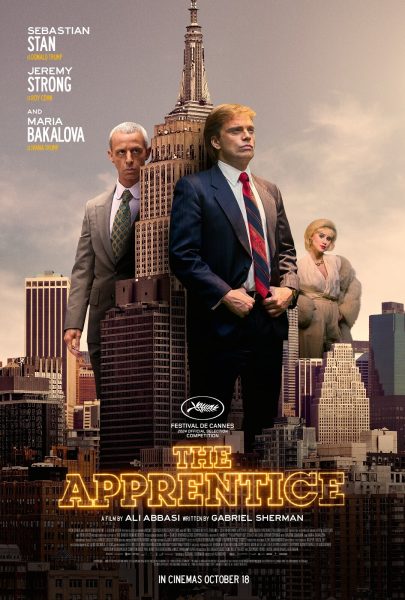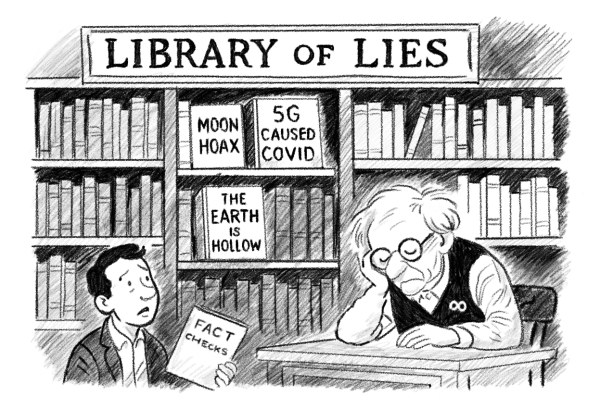Our elections have become the Super Bowl
Every four years, the first Tuesday in November brings the world’s biggest sporting spectacle to America—except it isn’t on ESPN. Instead, Americans get their fix of stats, colorful graphics, and heated commentary from election coverage on cable news channels, as well as, increasingly, livestreams on Twitch and YouTube. But even though these sources all cover the same game, they cover it in completely different ways, to the point that it can be hard to even tell who’s winning.
Fox News made headlines during the election by calling some states, such as Arizona, for Joe Biden earlier than other news outlets, and by refusing to support Trump’s subsequent fight to overturn the election results. Daniel Mateu ’21 said he was “surprised by how quick Fox News was quick to condemn Donald Trump,” noting that it felt almost as if they were jumping off a bandwagon.
During the night of the Nov. 3 election, however, the network gave viewers an almost explicitly pro-Trump analysis of the election results as they were coming in, leaving viewers confident that a red tsunami would destroy the evil Democrats. The poll results they focused on always showed a Republican in the lead, and during the time between poll closings, they gave the viewer a play-by-play that focused on the Republican push to hold the White House and Senate.
Poll closings mimicked an NFL draft report. It would start with a poll closing alert that looked like the “Pick Is In” graphic that flashes on ESPN whenever a team makes a draft pick. Announced by anchor Brett Baier, the results of each poll closing sounded similar to a player getting his name called by Roger Goodell or Adam Silver: “With the first pick in the 2020 Presidential Election: the state of New York, with 29 electoral votes, selects … Joe Biden, Democrat, Delaware.”
MSNBC offered a similar kind of experience in a clearly pro-Biden flavor, even though it was shrouded with an almost see-through wrapper of bipartisan objectivity. In this case, the coverage was all about the righteous Democrat defeating the demonic Republican.
The broadcast centered on the Democrats’ playbook for this election and future elections, implying already that the Democrats would be in control after this election and would remain in power for a while. The coverage seemed to focus on parts of the nation that could turn blue in the future, rather than focusing on as many races as possible. This was very visible in the network’s coverage of the state of Texas, during which Steve Kornacki spent over five minutes discussing the more Democratic trend taking place in areas like Dallas. Both MSNBC and Fox told some stories at the expense of others, all in an effort to give their viewers confidence in their parties.
There was also an intensity to the MSNBC broadcast that was not present during the Fox News broadcast. A lot of it came from Kornacki, who kept running around with wrinkled and unorganized papers. That, coupled with the hosts constantly asking to see specific blue counties, made it seem as if MSNBC was trying even harder than Fox to reinforce the feeling that the Democrats would emerge victorious.
The way that cable news channels presented the information added to the “competitive” atmosphere of the election, Amron noted, “with all the graphics and the constant looking at numbers and score checking.” To Amron, the time between poll closings felt like a “Quick 30, 45-second timeout,” during which “commentators will kind of talk about nothing.” Except on an election night, that 30 seconds becomes 30 minutes, and in that 30 minutes, there is much more “punditry and opinionated content,” according to Amron.
But this sports-like coverage wasn’t the only way to watch the election. Many viewers abandoned cable news and entered the more uncensored dimension of YouTube and Twitch livestreams, including the stream hosted by Ben Shapiro, the editor-in-chief of the Daily Wire, and Steven Crowder, a conservative comedian and talk show host. This kind of show is where political commentators like Shapiro or Candace Owens can say what every twenty-four-hour news anchor in the country may want to say but can’t. On Shapiro’s stream, Crowder spoke to InfoWars founder Alex Jones and said, “I know that you’ve had a few, Alex, but you are far more articulate than Joe Biden.” Meanwhile, the Twitch stream by Chapo Trap House, a leftist political podcast, featured an interview with someone who did a perfect impression of President Trump and spent a considerable amount of time mocking the President. All these live streams used language that would get any news anchor kicked off television.
The fast-paced, cynical commentary felt less like watching the Super Bowl and more like watching college kids watching the Super Bowl, or a fantasy football draft in someone’s living room. Shapiro and Crowder mocked cable news constantly and expressed a pessimistic outlook on pollsters who had predicted a healthy win for Biden. The low-tech studio, the not so family-friendly word choice, and the use of an election website anyone could go to with an iPhone made it feel like this was not news at all. Instead, it was like watching friends in a basement arguing over who ate the last slice of pizza, not the sophisticated political conversation one would expect on election night. One second these hosts would be discussing a congressional race; the next, they would be insulting each other’s ability to drive.
But that informality and lack of scripting was completely the point: the streams were meant to be a healthy refresher from the structure and intensity of cable news. Amron compared them to a sports podcast where the host seems to have no boundaries and can talk about whatever they please. 8.3 million people watched the Crowder and Shapiro livestream—and they knew what they wanted.
This is the biggest problem with cable news channels that treat our election like a sporting event: they further the political divide among Americans without providing any of the lightheartedness and fun that is present in sports, encouraging people to find that lightheartedness elsewhere. They create feelings of intensity and competitiveness that lead to animosity. Furthermore, partisan media outlets that give people only the “truth” they want to hear divide us into camps and teach us to hate every other camp that is not our own. If cable news were to become more bipartisan, presenting the facts and then allowing people to make their own political decisions, then people might be able to see that they are not as far apart on most issues as they think they are.
Jackson Mopsick '21 is a staff writer for the Catalyst.




